“I've been here in this fight for over 20 years. I've done a little of everything. I've been putting up posters in the squares, black flags on lamps, skulls denouncing the places where there are sewers, undersigned, I called the Captaincy, the SEPNA, the Portuguese Environment Agency, the Ria Formosa Natural Park… However, it goes on everything in the same», vents João Carlos.
This is, very briefly, the story of the battle of a nurseryman from Ria Formosa against the illegal discharge of sewage in this lagoon area, through pipes that spread all over the riverfront of Olhão.
But João Carlos is not the only person fighting this scourge and who wants to see the situation of wastewater discharges into the estuary resolved, almost always through the rainwater network, which, in theory, only rainwater flows.
O Sul Informação he spoke with this nurseryman, with the bivalve producers Aristides Lopes and Nuno Russo – the latter leader of the Formosa cooperative – and with the unionist Josué Marques, and went to Ria Formosa, to know, on the spot, the main discharge points.
And, whether for the smell or the visual aspect, it's easy to see that, on any Tuesday, with the sky clear and the tide close to being empty, there are sewers being discharged into the ria, through the rainwater network.
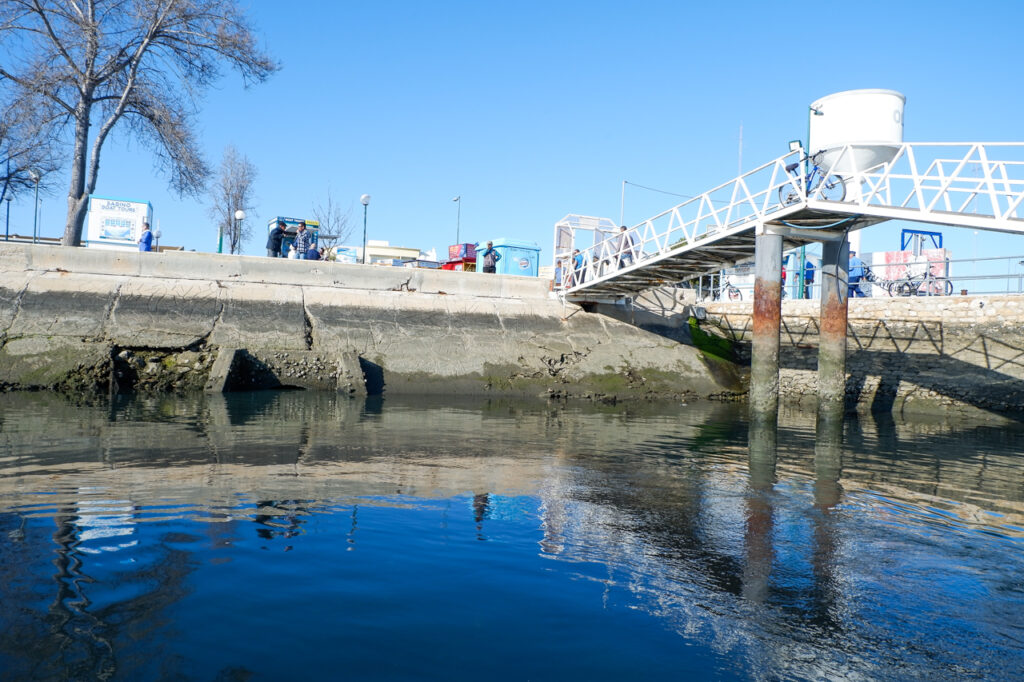
This is an old situation, say the nurserymen - and confirm the authorities. Contacted by our newspaper, both the mayor of Olhão and the regional director of the Portuguese Environment Agency (APA) are aware of the problem and its seriousness and guarantee that they have not been idle.
“This is a problem that has always existed. It's not new. And it's not about sewers, it's rainwater that has illegal connections, but not only», assures António Miguel Pina, mayor of Olhão, in statements to Sul Informação,.
"In recent years, we have carried out video inspections and reconnaissance of the networks and we know that the defilement of rainwater is also a result of bypasses made in the past. That is, when the sewer network clogged, there was a bypass for the pluvial ones», he explains.
“And, as a result of the age of the visitor's boxes, of the underground that moves, which causes these boxes to be out of place, with rupture, makes them drain into the pluvial”, adds António Pina.
This procedure, stresses the mayor of Olhão, "was carried out 40 or 50 years ago", at a time "when there was no environmental concern that we have today".
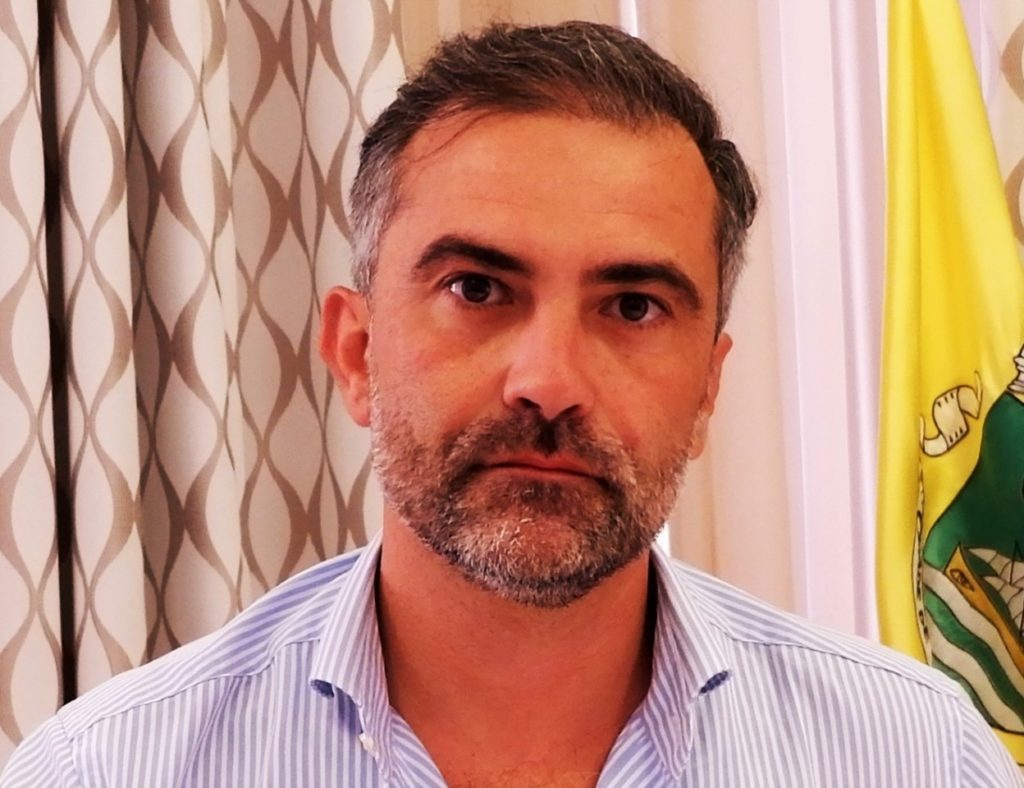
However, the consequences of these sources of pollution are being felt more and more. Although the discharges are occasional and with no known pattern, it is certain that they are negatively influencing the fragile ecosystem of the Ria Formosa.
And one of the main proofs was the deterioration of the environmental quality of the bivalves produced in the nursery area designated as “Olhão3”, located right in front of the city of Olhão, who saw their rating go down from B to C in 2013, which meant a huge loss of income for the nurserymen who operated there.
More recently, due to laboratory analyzes carried out on bivalves produced there, “Olhão3” was considered zone D, the lowest rating and which totally prevents the harvesting of bivalves.
“It's a pity that it stays that way. We have arrived at this situation. The most serious thing that is here – and people are not realizing it – is that the “Olhão3” area is now banned. But if this continues, within a short time it could affect other areas: “Olhão2”, “Olhão5” and so on» warns João Carlos, who, like Aristides Lopes, has most of his nurseries in the “ Olhão 3”.
"If the authorities do nothing, in a short time we will have serious problems here," he stressed.
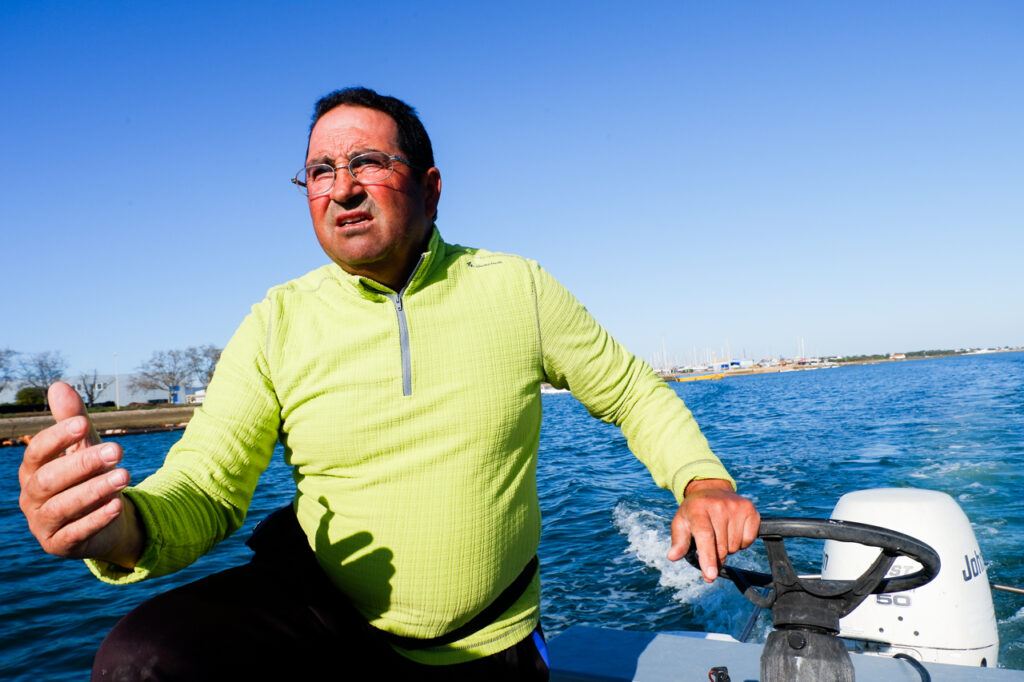
At first, there was still hope that the situation could be changed, with the IPMA moving forward with a program of fortnightly analyses, in order to speed up the process of reassessing the classification of this zone, carried out according to European Union criteria.
But, taking into account that, among the many samples collected, there were some that showed high amounts of fecal coliforms in bivalves, this reclassification did not happen. To aggravate the situation, it now takes "three years of good analysis so that it can no longer be zone D".
“There is the example of my nursery, which is one of the sampling points. The analyzes that were carried out for six months, every 15 days, ranged from A to D. By giving the two extremes, it is a sign that there was some time without any discharge, in which the waters were good, for the seafood to be classified A», defends Aristides Lopes.
"In other words, if there was the elimination of sewage, this would quickly return to normal", he believes.
Not least because, they recall, the most recent analyzes were carried out after the start-up of the Waste Water Treatment Plant (WWTP) and the consequent deactivation of the one that existed in the western end of the municipality of Olhão, identified as the main culprit of the sources of pollution.
This led to the nurserymen and shellfish gatherers “hoping that things would get better”.
“But no, it was just the opposite. Each time the analyzes started to get worse and worse. You can't justify why, right?”, asks João Carlos.
«If there is a source of pollution – the old WWTP, which was obsolete, as they said –, which is deactivated and things get worse, there is something here that is not well. I'm not a biologist, I'm not a technician, I'm just an aquaculturist, but I think there's something here that doesn't fit right», he says.
Nuno Russo, a nurseryman who is part of the direction of Cooperativa Formosa, has no doubts: «Everyone admits that it is a clear case of pollution, but they say it is not easy to solve. From the meeting that was held with the president of the Chamber, he says that he is clearly on our side».
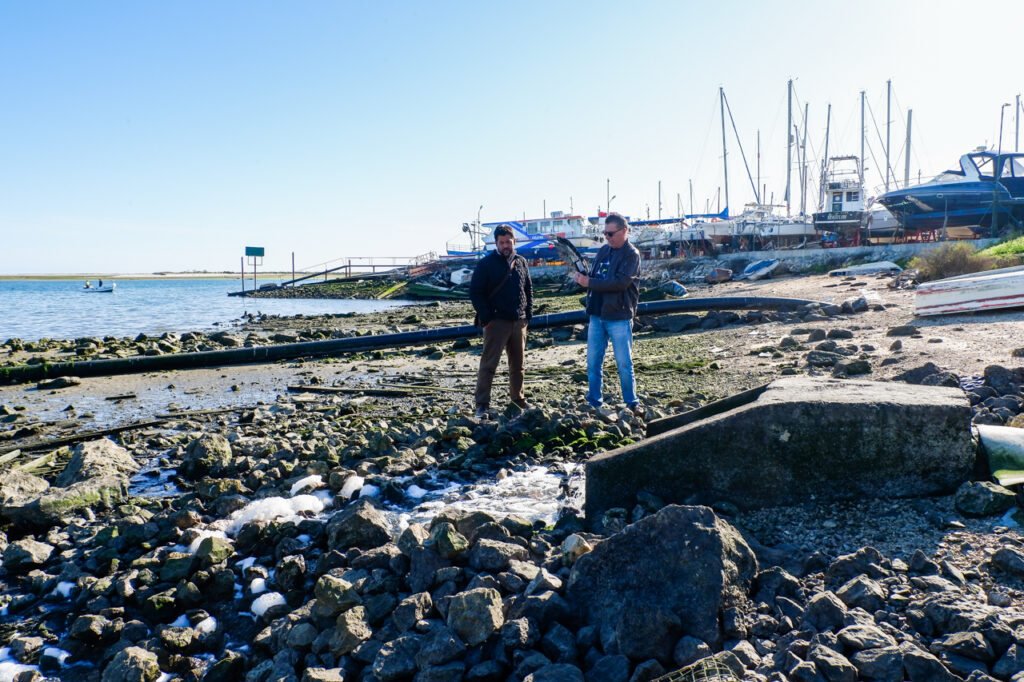
António Pina, for his part, guarantees that he is doing what he can to resolve the situation.
“As we've said, this is a job you can't see and it's almost like finding a needle in a haystack. The structures are buried. But soon we will present what we have been doing and a plan of action for the next year», assures the mayor from Olhão.
The first step, he said, will be “to fix several visiting boxes”.
«In addition to a lot of money, you must first understand what is really there. When we are talking about bypasses that are not in the registers, when we talk about illegal connections, which are also not registered, it is complicated», he defends.
“This is a question of money and continuous work over the next ten years. It's almost underground investigation to understand where the illegal connections are», he reinforces.
To ensure that future investments in infrastructure are the right ones, the Municipality of Olhão and the municipal company Ambiolhão have been working together with the Portuguese Environment Agency (APA), the Portuguese Institute of the Sea and Atmosphere and with the Ria Formosa Natural Park.
The different entities are “studying the problem and monitoring possible discharge points, to try to understand what they are and if there are more outbreaks”.
«We do not hide from the problem», concludes António Pina.
Also Pedro Coelho, Director of the Portuguese Environment Agency (APA) in the Algarve, does not hide from this problem, which is already very old and which has gone through different directions of this entity in the last two decades.
"Right now, we are carrying out a campaign of periodic sampling, with weekly frequency, at the various rain discharge points that exist along the urban front of Olhão, to characterize the discharges, in terms of quantity and quality", he revealed to Sul Informação the responsible for the APA, in the Algarve.
In practice, this involves «visual identification of the discharge and then, in terms of laboratory monitoring, so it is identified at the level of E.Coli (Escherichia coli) and bacterology'.
“There are occasional discharges, it's not constant. There are areas where discharges are more periodic, we are trying to understand if there is any pattern», he explained.
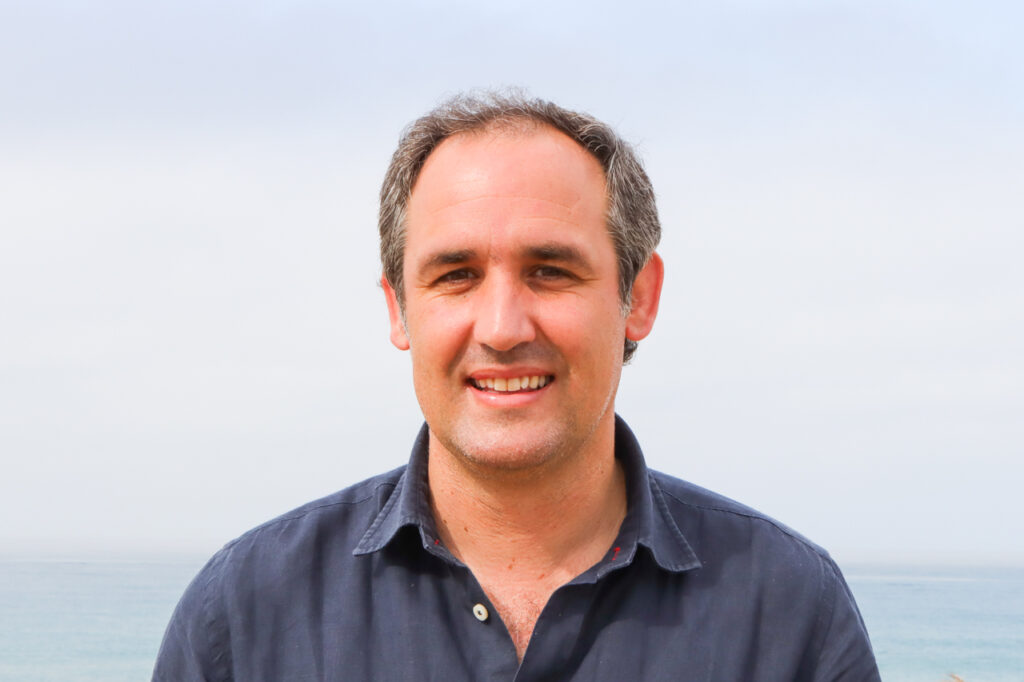
“They sometimes vary between high tide and low tide, spring tides and less spring tides. Because there are some areas where it seems that the tide enters the collectors more and manages to unbalance the system and then there is a release of flow», he added.
Then there is the issue of the public sewer system itself, already explained by António Pina, which, in certain areas, seems to «be more periodically pouring waste into the rainwater», according to Pedro Coelho.
APA's research “is only analytical, to understand the behavior of the network” and, as such, complements what the City Council and Ambiolhão are carrying out.
“We don't really know what's there. What we want now is to clearly identify in which regime pollution episodes occur, so that we can then make this contribution to the Chamber, which is also doing its work», he said.
For Pedro Coelho, «this commitment between the two parties is essential, so that there is a concrete analysis. Only with a very concrete and surgical analysis, because this is a watchmaking work, can you then intervene in specific places».
“Then there will have to be interventions, there is no going back. This takes work. It can be a heavier work, with ducts and boxes, it can only be boxes, eliminate some bypasses or intervene in some network connections from low to high», he concluded.
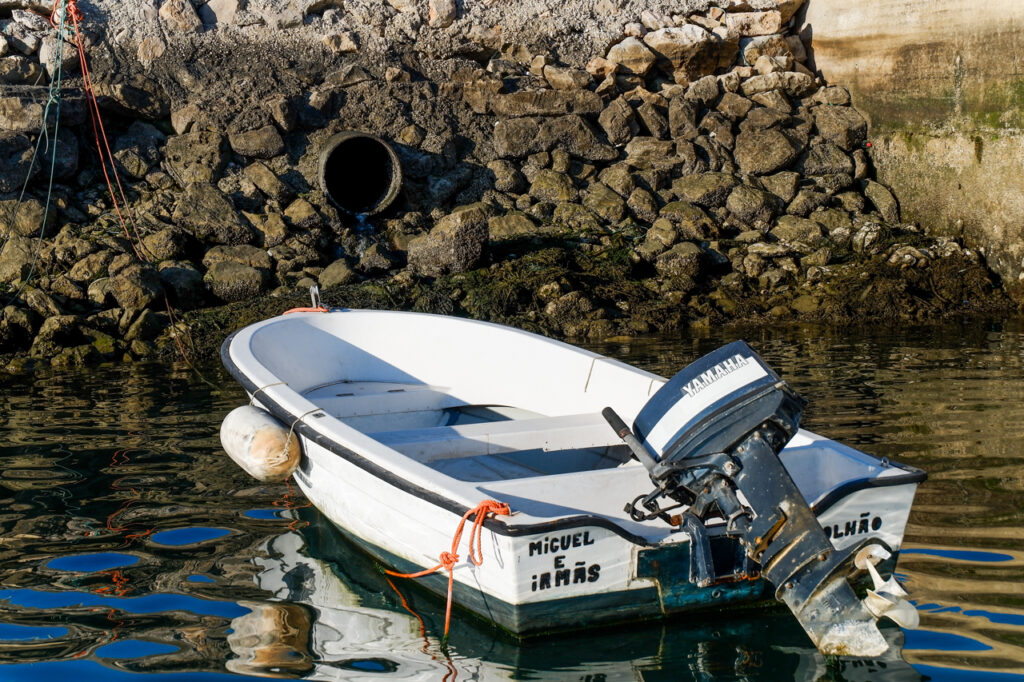
Currently, the APA is carrying out collections in «about two dozen monitoring points, on the Olhão riverfront, but enlarged».
“Cais do T is one of the most problematic places, but we are starting monitoring at Quinta de Marim and ending closer to the border com Faro», explains Pedro Coelho.
The nurserymen, for their part, speak of «32 points with sewage discharge, between Olhão and Faro», numbers that António Pina admits may be correct.
“It gives the idea that you can't identify where this pollution comes from, which is a little strange, in 20 or so years it hasn't been possible to detect anyone”, stresses João Carlos.
“Normally, it's said that it's the polluter pays principle and I don't know what else, boiled and fried. We, because of a plastic box in our nurseries, are carrying it in our ears every day», he illustrates.
The sewers, on the other hand, “run in the open for days and days at a time, for weeks, day and night, and it seems that this is all in cod waters. They cannot find a culprit!».
Pedro Coelho guarantees that this is not the case, although he admits that it is often difficult to find a culprit.
“The problem is that sometimes the origin is diffuse. The effluent enters the rainwater, but we have to go all the way back. And at one point, where did he come from?” he says.
In cases where “an industry is unloading a tube directly into the estuary, it is easier. Ultimately, as there have been situations in the past, if an industry discharges into a storm and the City Council has no problems with the network in that area, it is easy».
But, «when the industry discharges into the urban sewerage network, and loads it to the point where it can't hold up and spills over into the pluvial, we carry out the inverted investigation, but the process is not easy».
“It doesn't mean that it can't be done. There have already been many situations of industries here in Olhão, some of which are already deactivated, which have been identified and fined», assures the director of APA in Algarve.
“In this case, it is difficult to reach this level of administrative offense, but that does not mean that the assessment, the correct diagnosis and the correct intervention are not carried out. But it has to be resolved, it is not a case to say that it cannot be resolved, and that is where we are», concludes Pedro Coelho.
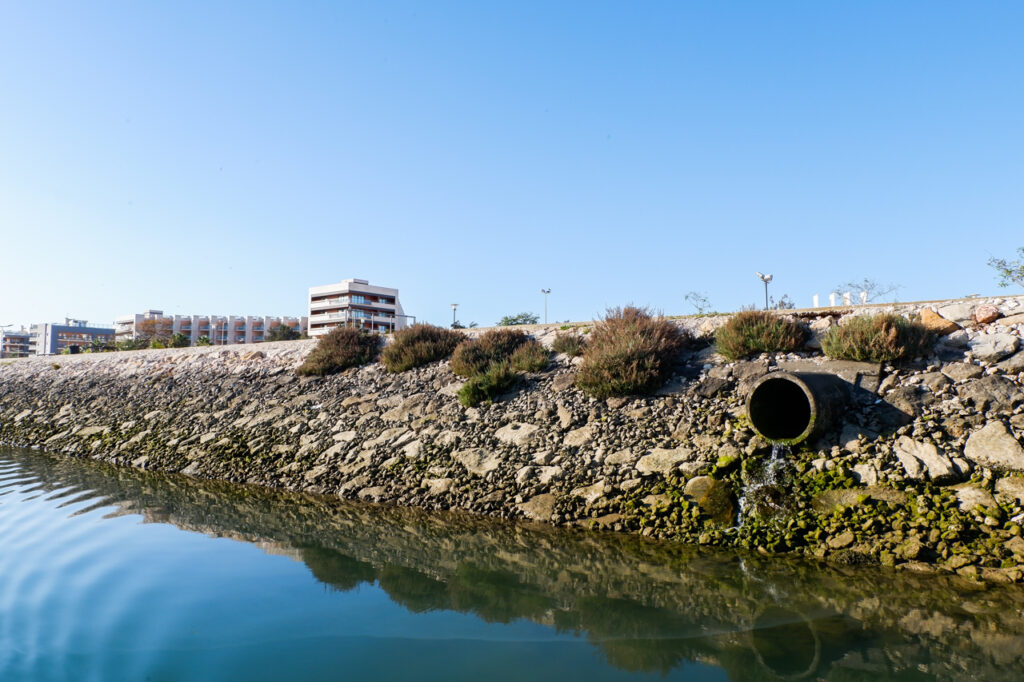
Between discharges and fines – or lack of them –, pollution continues to reach the fragile Ria Formosa, through pipes that should only bring clean water.
Bearing in mind that, as it turns out, the problem will not have a solution soon, the nurserymen suggest that extraordinary measures be taken, namely "blocking" the most problematic pipes, such as the one that ends next to the T Pier, diverting its flow to the new WWTP Faro/Olhão
This blockage would be partial, bearing in mind that there is the question of the value that the Council pays for the amount of wastewater sent to the WWTP, which, admits Nuno Russo, "is very high".
«There is little rain in the Algarve and in Olhão. And even if it rains, a way would be created for the water to end up in the estuary, as is currently happening. But it would only be when it rained. It wasn't a whole year running to the estuary», defended the nurseryman from Olhão.
But this idea is rejected by António Pina.
«And where does the water that comes out of the cellars go, even in summer? Are we going to pay Águas do Algarve all this at 50 cents a cubic meter?”, he asks.
“There is always water. In Olhão, you dig a meter, you have water. Almost all cellars from the EN125 downwards have pumps to extract water. Water is always coming out of the cellars», says the mayor of Olhão.
The mayor from Olho thinks that the solution, in the short/medium term, will have to involve removing the silt of the Armona bar and the Ria Formosa channels.
«Barra da Armona, despite having had some dredging, which were some tickle in the sand, is crucial for water circulation. Because if it circulates more, the fecal coliform plume is diluted much more quickly», he believes.
«We have more sanitation today than we had 40 years ago, than 10 years ago. Previously, the sewers went directly to the estuary. Today they won't. We have a new WWTP. So what's different? The difference is the siltation of the bar and channels and the lower capacity for regeneration of the Ria Formosa itself, caused by the lack of water circulation», argues António Pina.
Photos: Hugo Rodrigues|Sul Informação
It's time to help us do the Sul Informação!
Contribute your donation so that we can continue to make your journal!
Click here to support us (Paypal)
Or use our IBAN PT50 0018 0003 38929600020 44
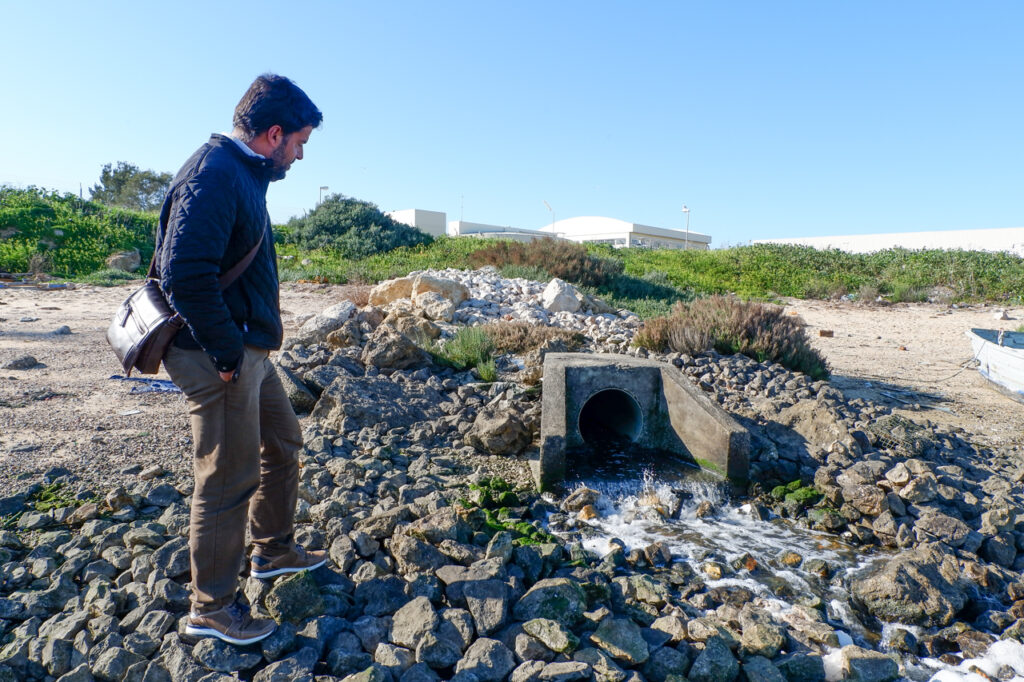
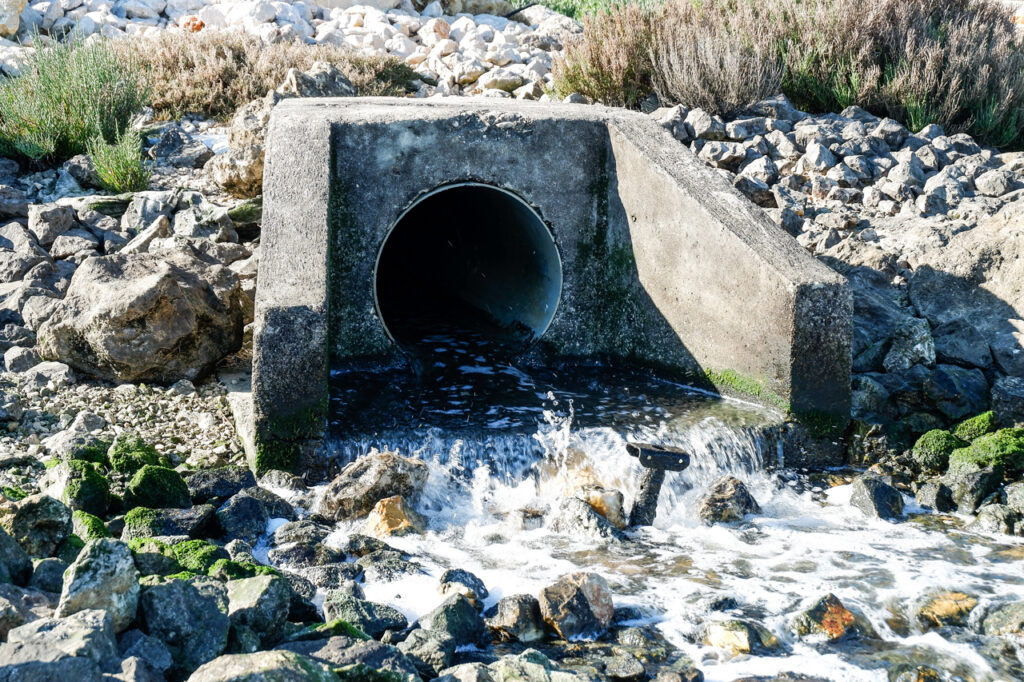
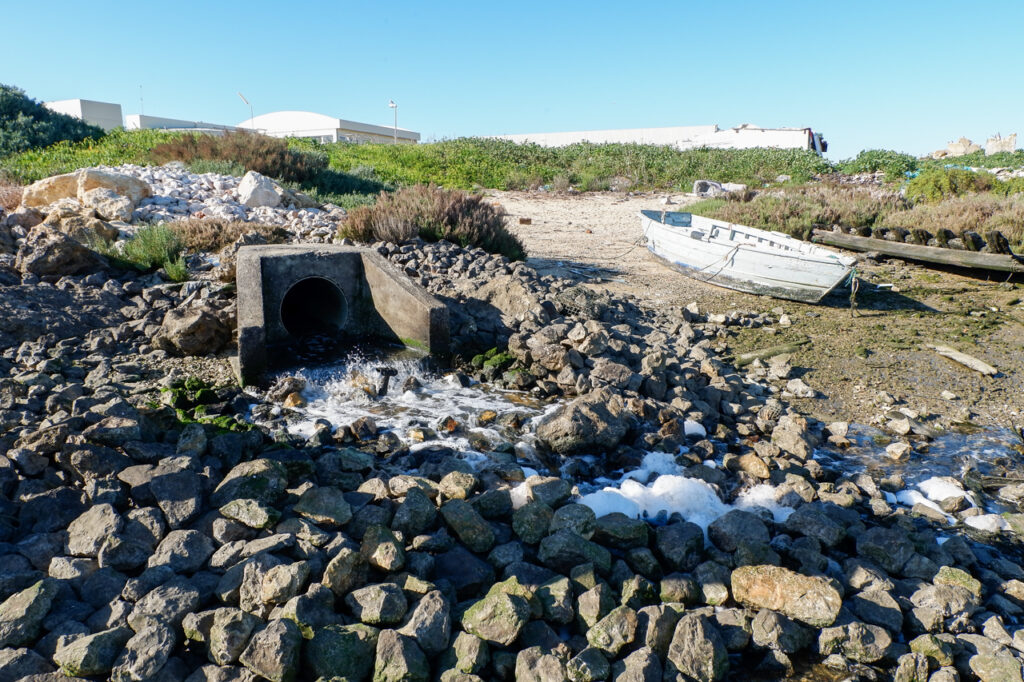
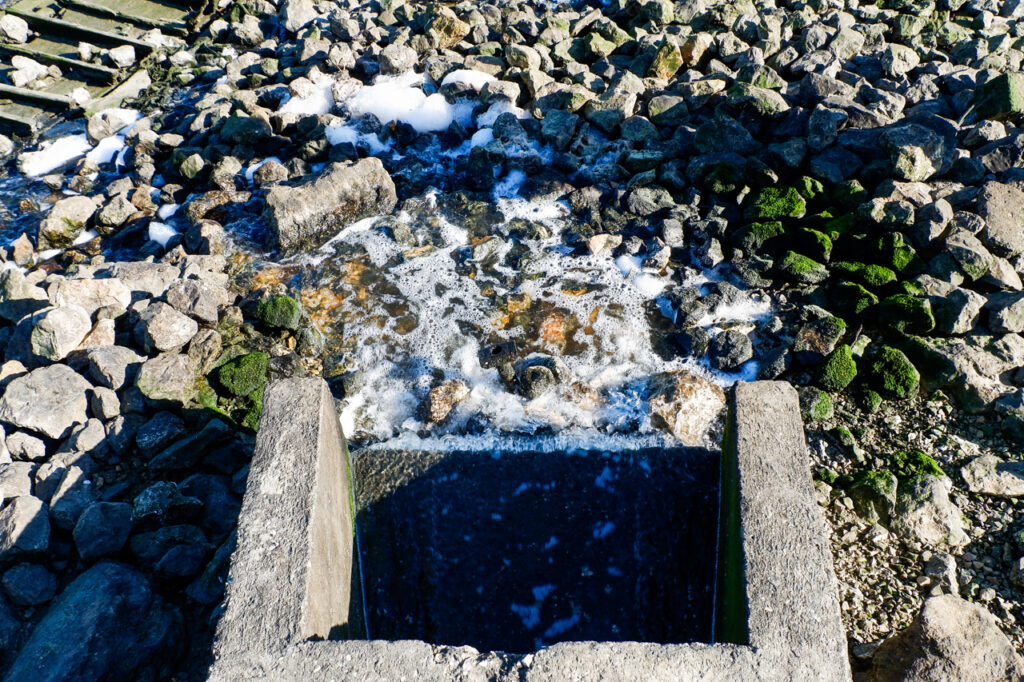
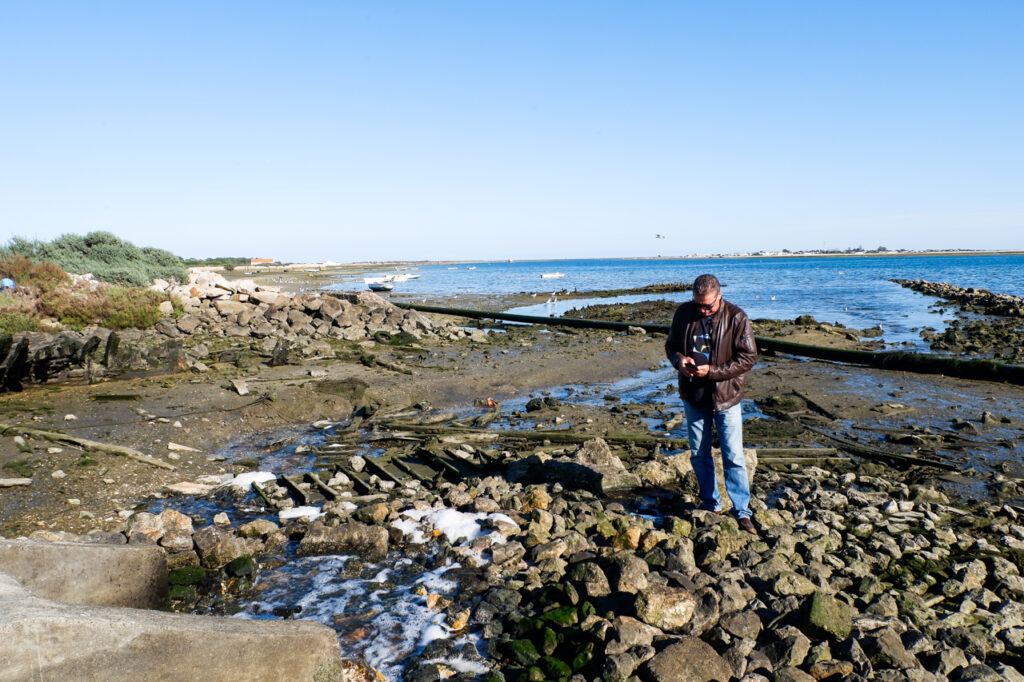
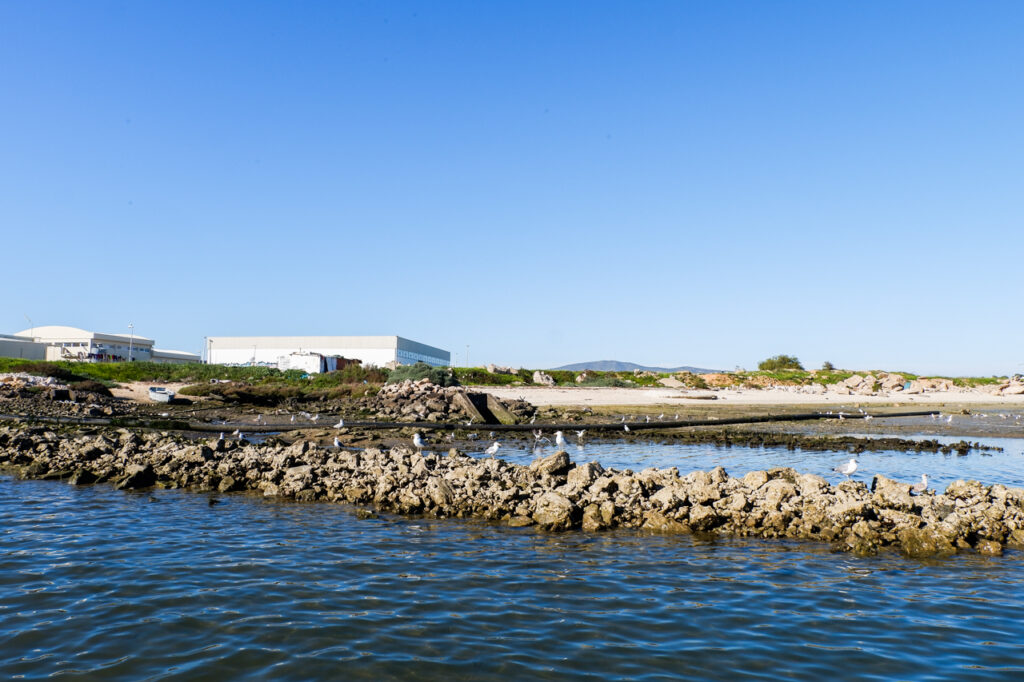
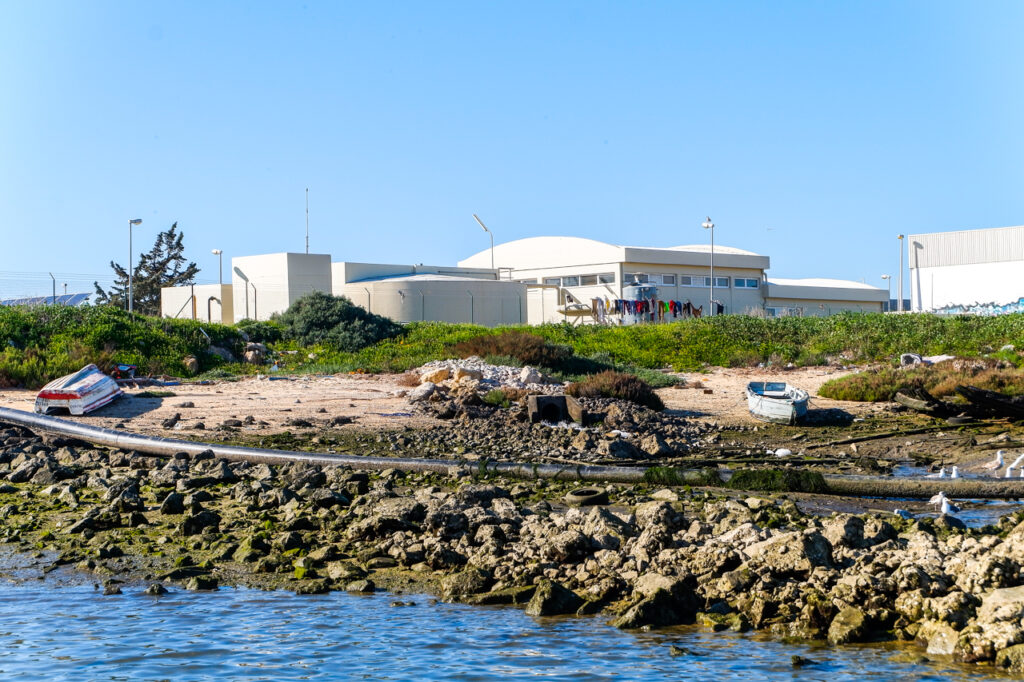
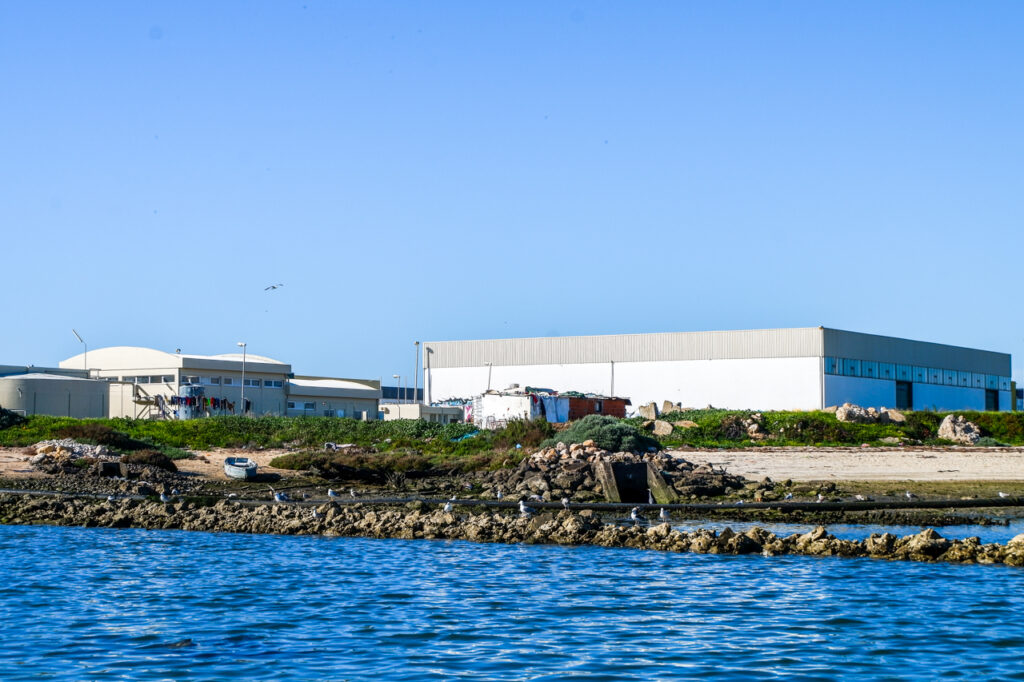
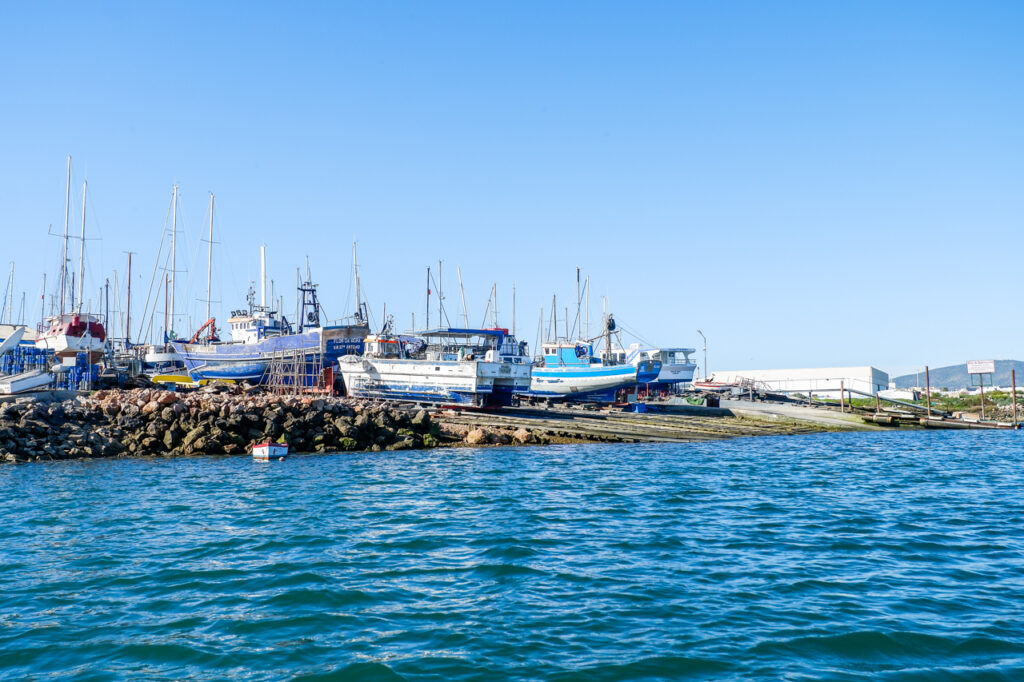
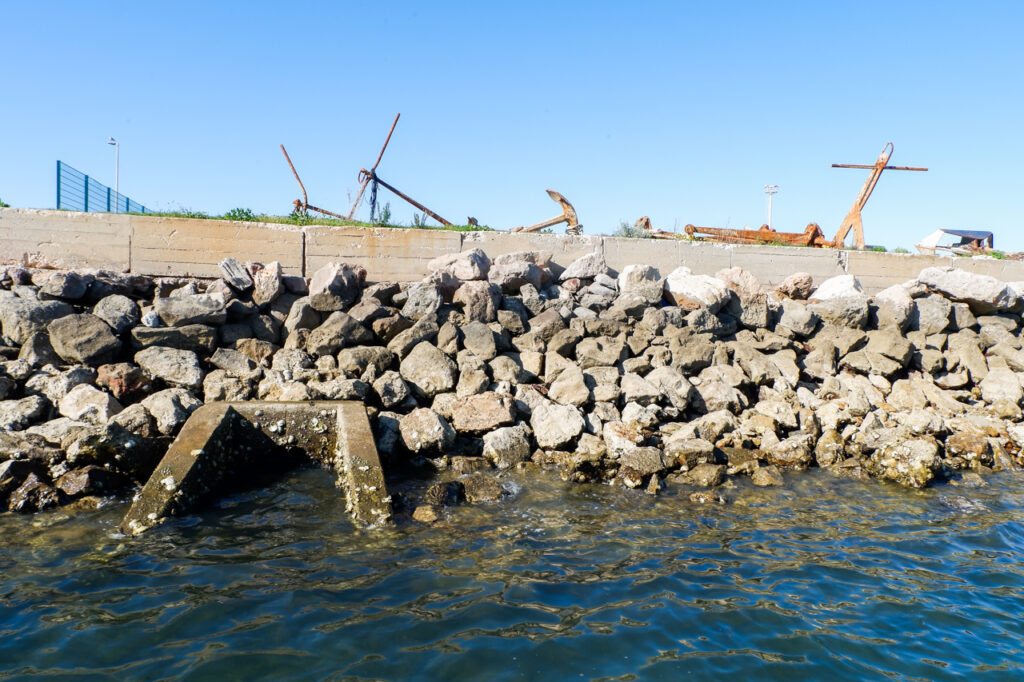
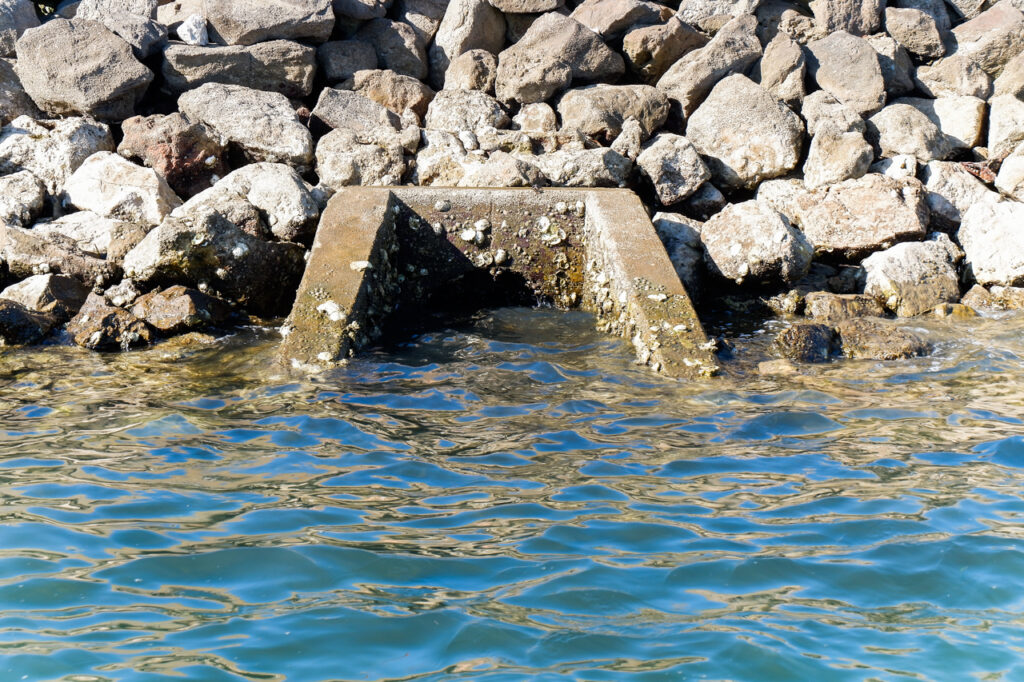
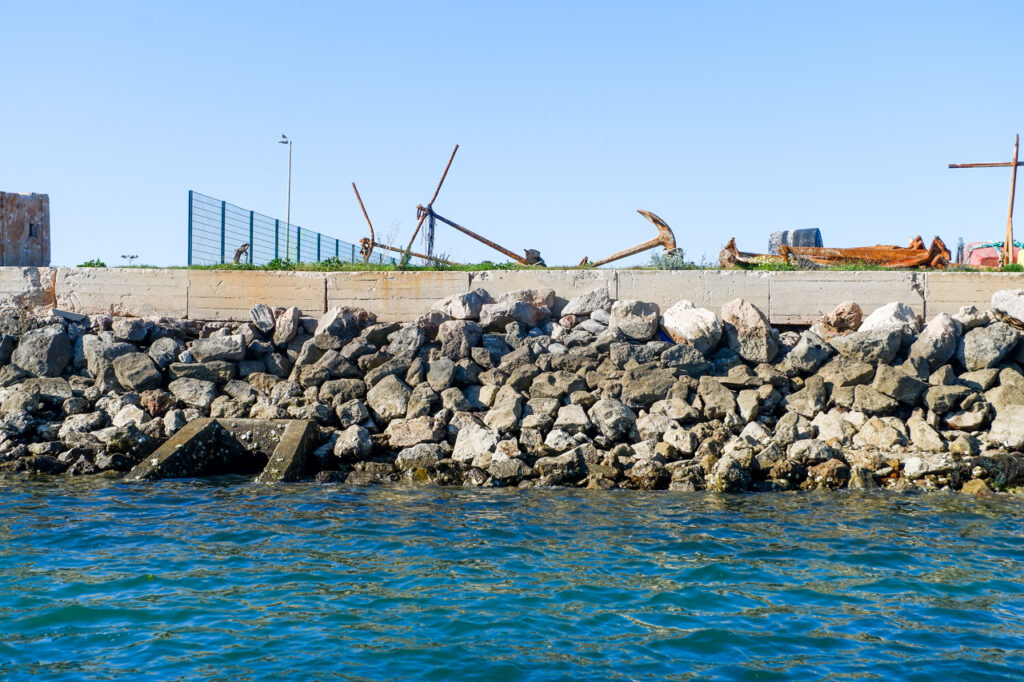
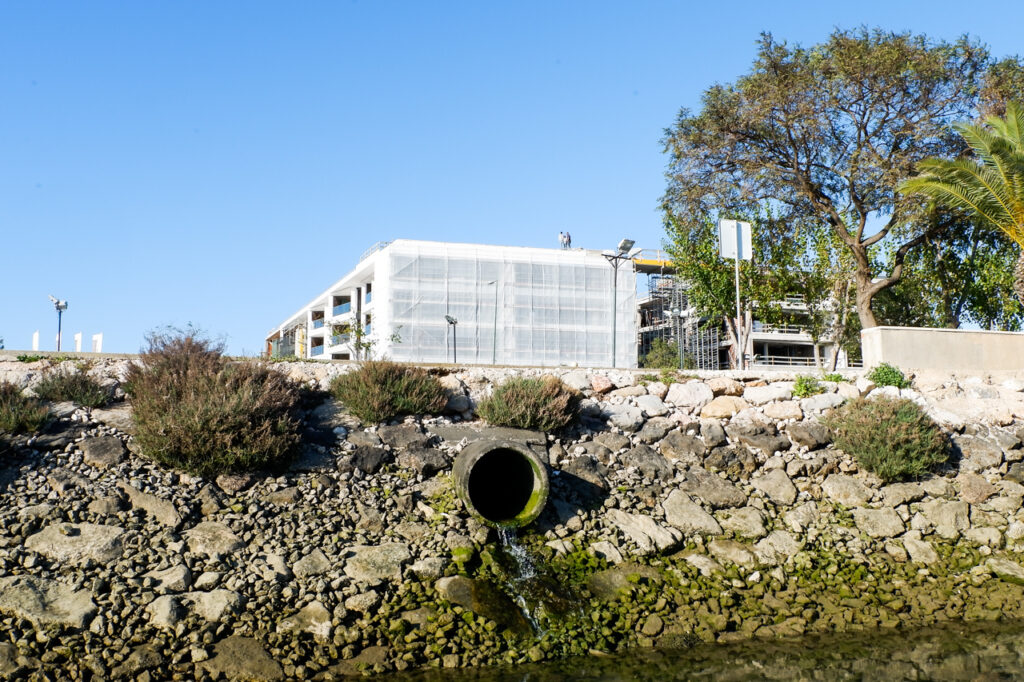
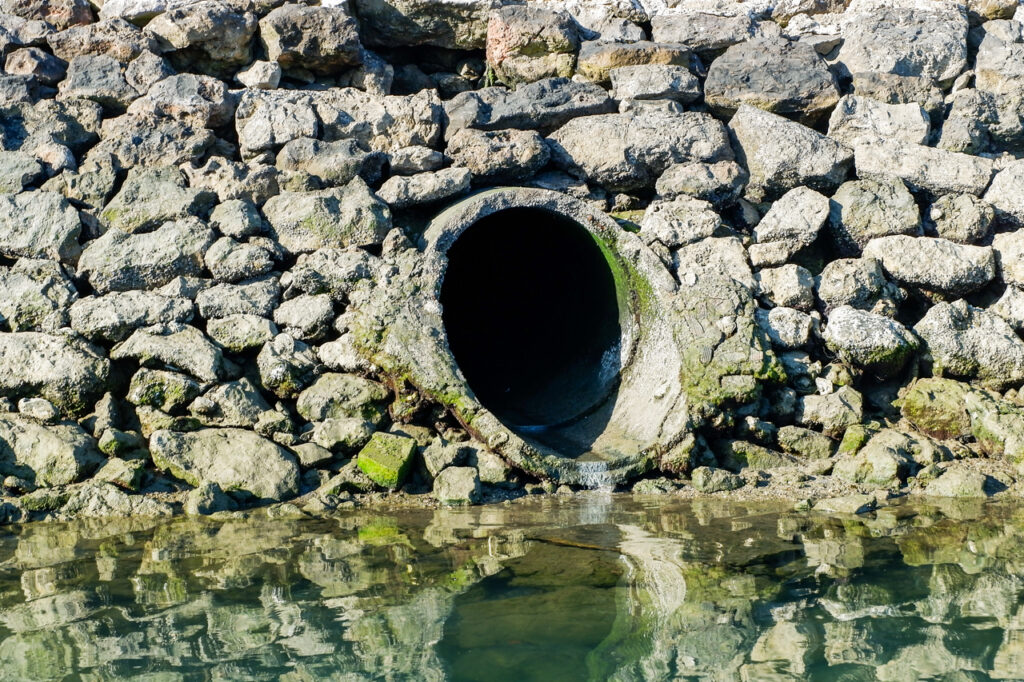
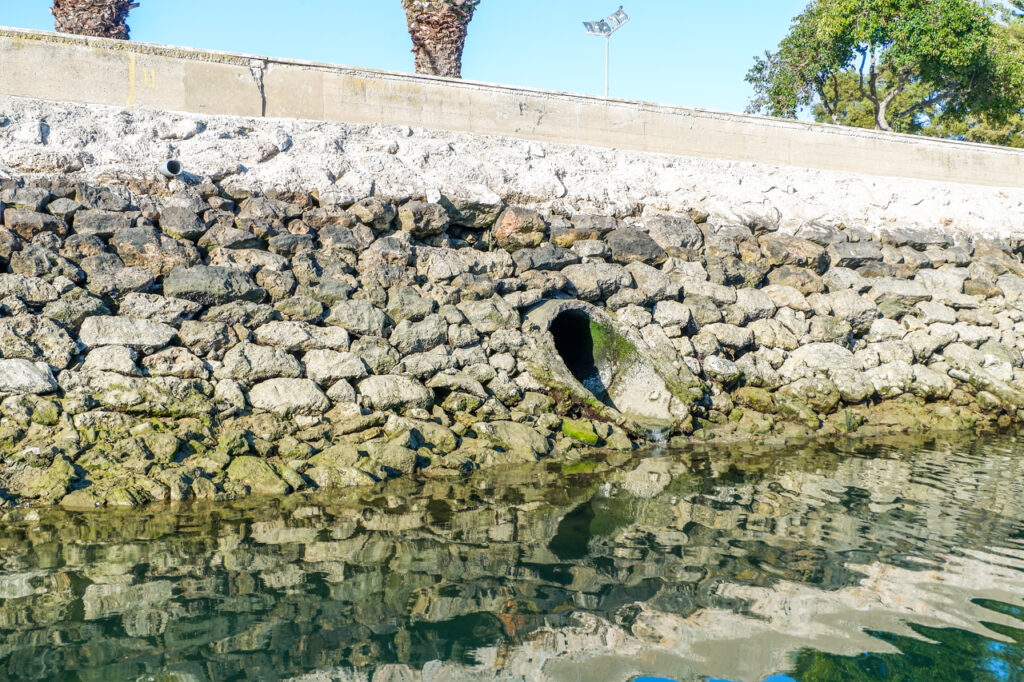
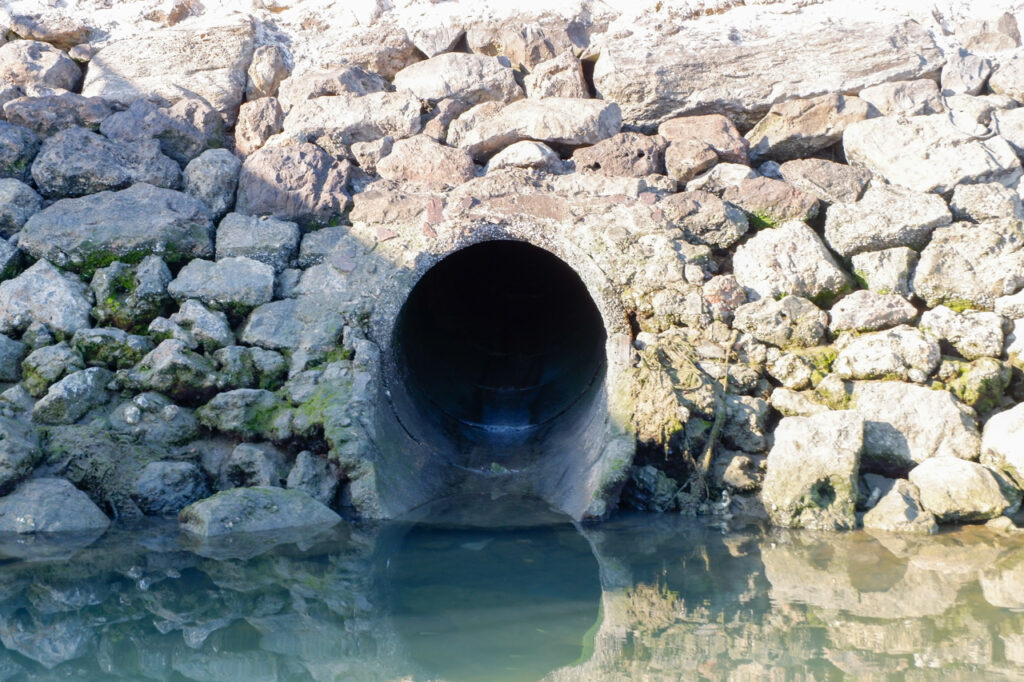
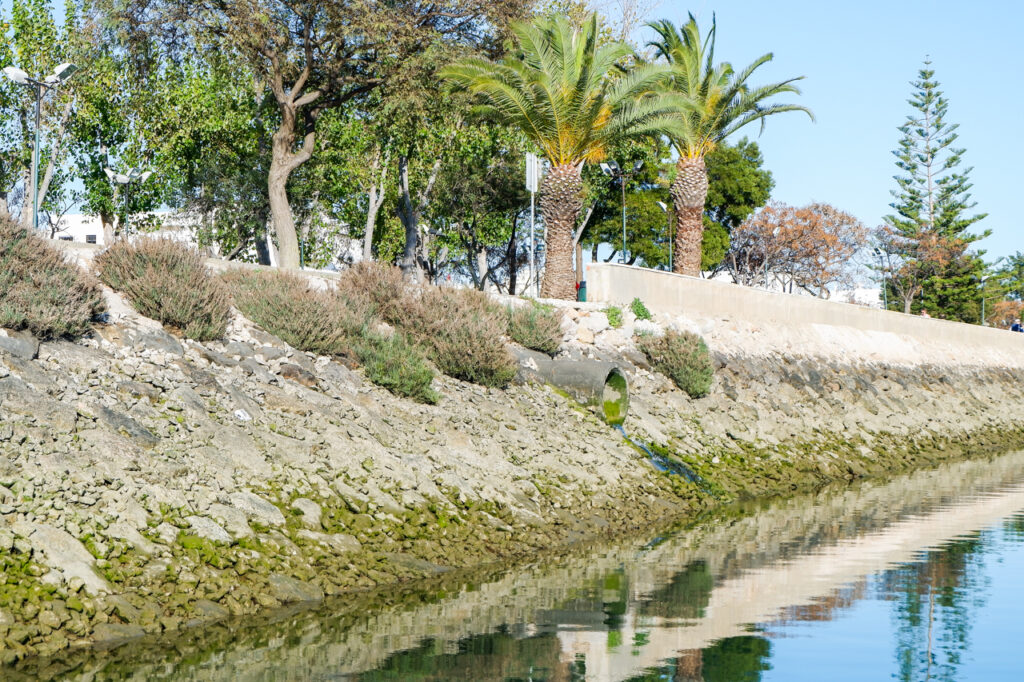
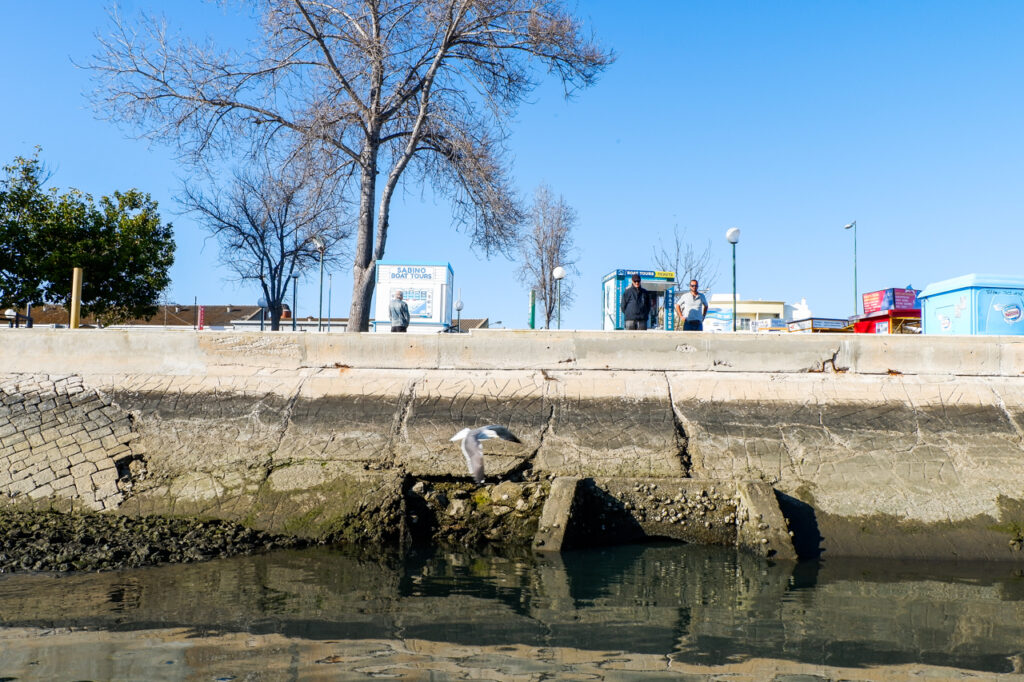
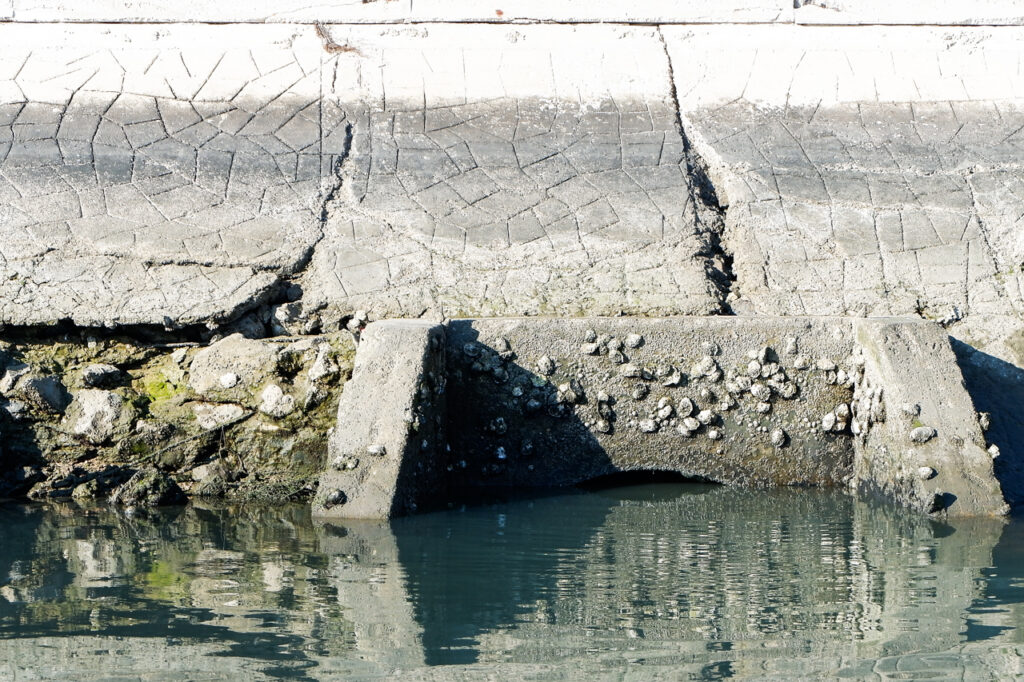
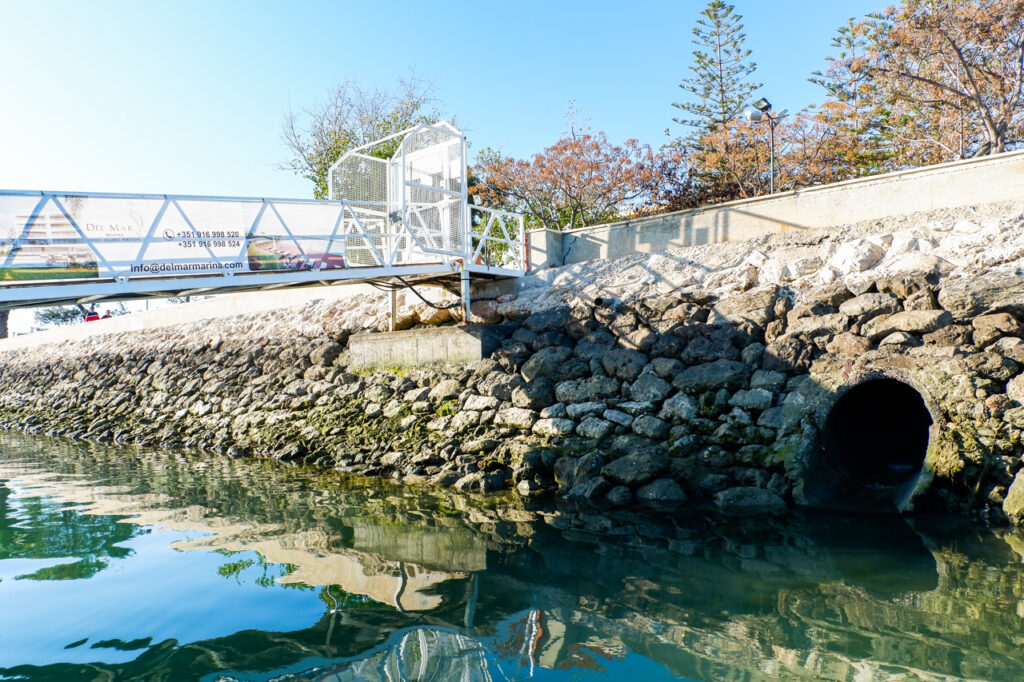
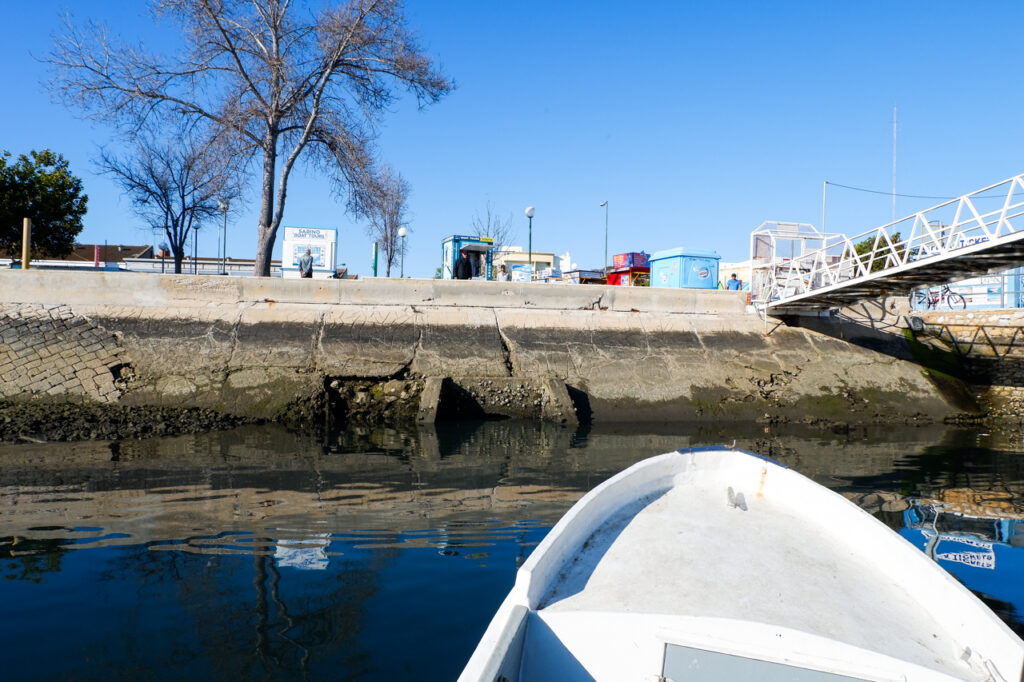
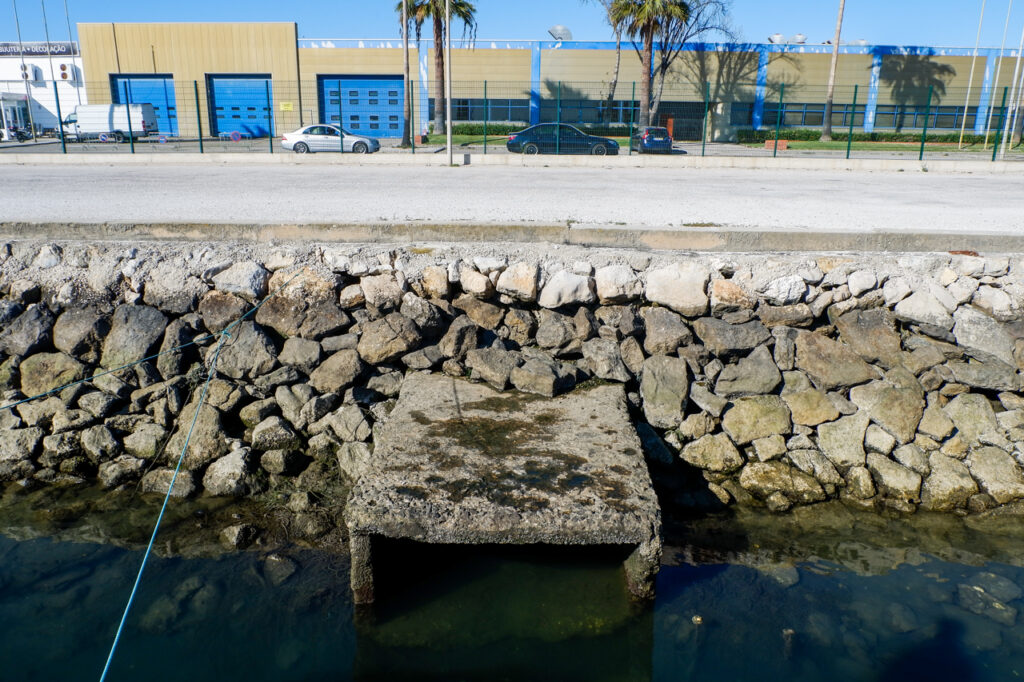
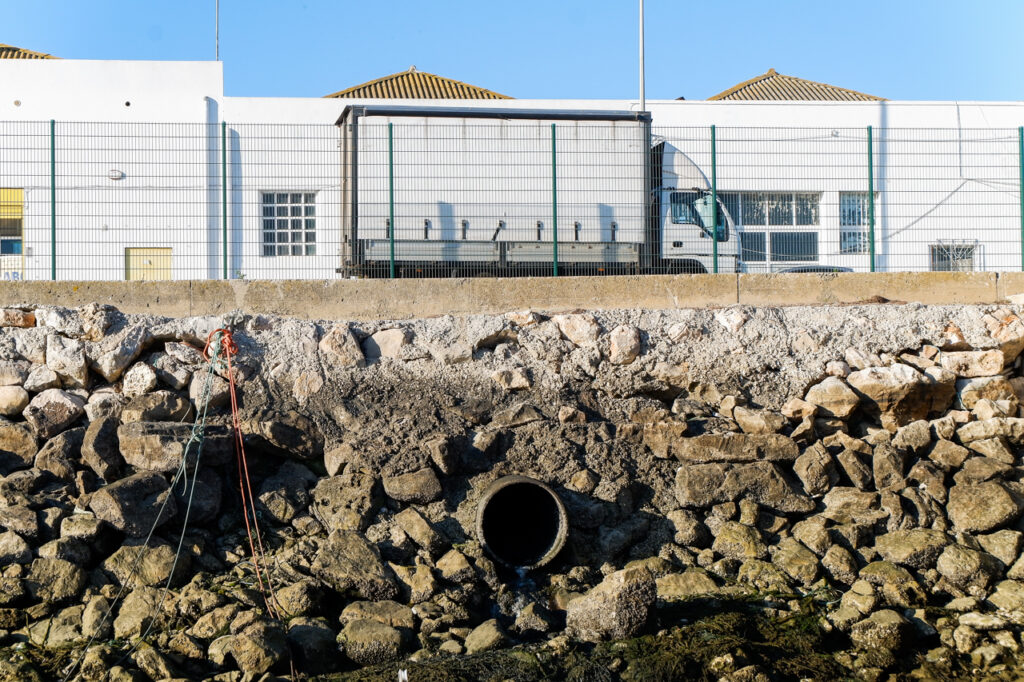
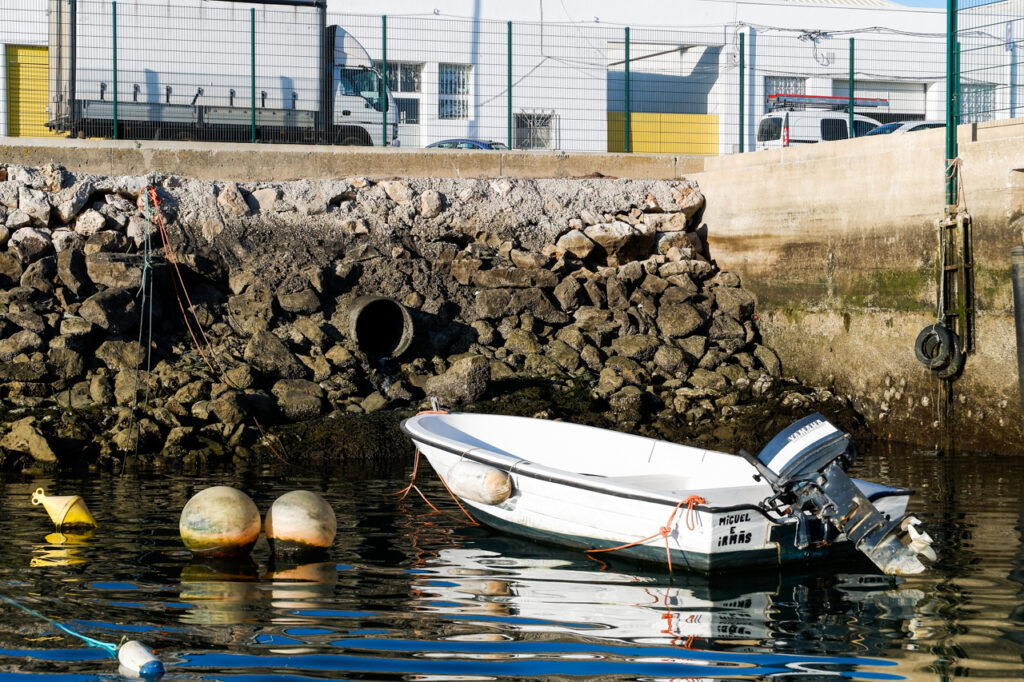
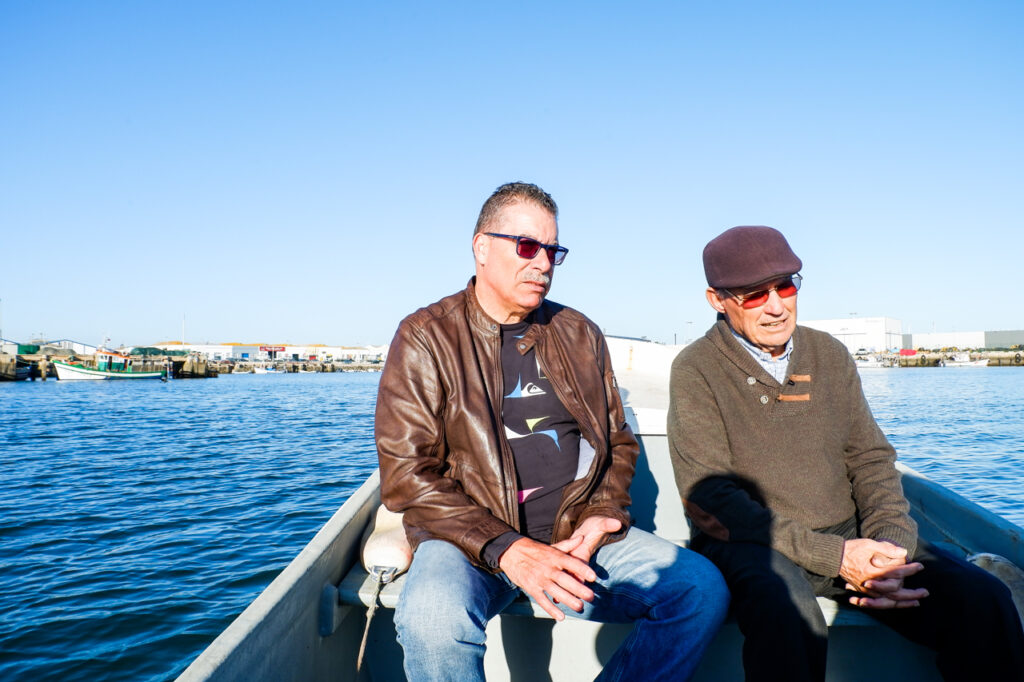












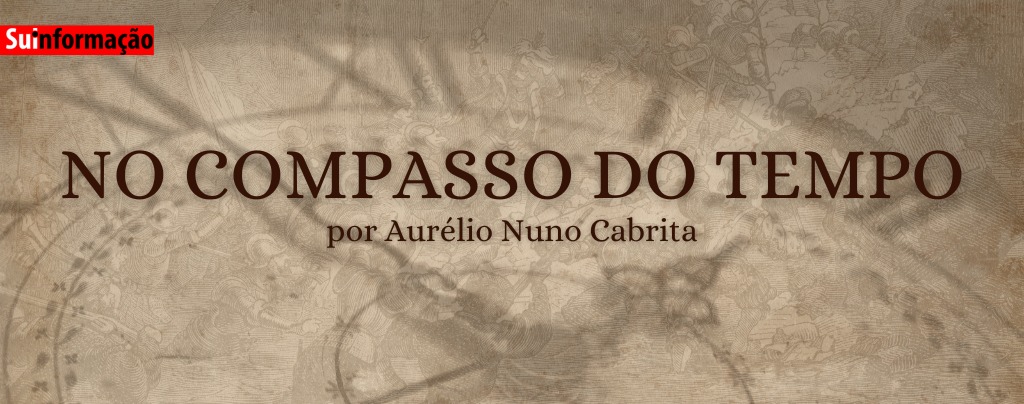





Comments